Spring, taken from the songs of Innocence is another remarkable poem that upholds the creed of innocence manifested through the myriad creations of Almighty. Spring itself is a period of innocence and the vivid portrayal of innocence through the child and the lamb makes the poem more appealing. Yes, the poem hides something deeper than the simple welcoming of Spring! Read the exhaustive analysis to understand it.
This is a much simple poem ( as all Blake poems are) whose theme revolves in making the readers understand, “Innocence is a prime aspect in Nature and in human beings.”
Summary of Spring by William Blake:
In the poem, Spring, the poet introduces a vivid picture of vernal beauty clamped with springtime activities. The speaker happens to be a little child which can be well understood while reading the poem. The sound of flute welcomes the spring season and so does the other merry sounds after the long silence of winter. The child bids to play the flute and Nature seem to embrace the child’s request. The Nightingale and Skylark welcomes the spring followed by other birds and crow.
Blake spoke of the Skylark, the Nightingale, the little boy, the little girl, the lamb and the crow. The first five characters in the poem perfectly portray the theme of innocence. But, this is not so with the crow! Do we consider crow to be an angel of innocence. Blake must have a purposeful idea while introducing “the crow” or maybe it is purely for rhythm! Well, I’d better leave it to the readers to find an answer to this!
The second stanza is actually an illustration of the happiness. Both the little boy and the little girl are happy. All are happy and merrily welcomes the season of spring.
The third stanza stands as a unified joyful welcome. By introducing the character of the lamb and creating a bond with the child, the poet actually wishes to welcome the Spring universally.
Like I said before, you’ve to read Blake’s last lines again to understand the implied meaning. Notice the last line, “Merrily, merrily, we welcome in the year.”
The poet replaces the word “to” with “we” in the third iteration of the line above.
The poet really does it in the best way, uniting the little boy with the lamb, for a purpose. Mark, he has devoted 8 lines out of 27 to create the bond between the lamb and the little boy. Is it only to welcome the Spring (or the New Year) together or something more deep?
A Glimpse of the Unsophisticated Countryside:
Almost all the poems enlisted in the ‘Songs of Innocence’ gives significance to the frolic mood and simplicity in Nature. The poems are simple with blank verse. However, hidden in the extremely simplicity, lies a deep meaning and symbolism which has made Blake’s poetic lyrics famous and magical.
In most of the pieces of Songs of Innocence, the characters are same, lamb, birds, children and other natural objects. Prolife springs of joy, laughter, happiness, merrymaking, simplicity and natural purity are portrayed with encompassed beauty. This doesn’t really make Blake indifferent to pain and bitter experiences as sketched in ‘The Little Black boy.’
Blake’s very theme is to derive inspiration from Nature, and thus he projects the vivid lively expressions in Nature. Yes, he may be criticised for being overwhelmed at times, but he seems to be reasoning logically, projecting some fundamental truths of life.
Concluding Explanation of Spring:
Spring’ may be thought as a rendering for the children. The expressions are akin to lullabies yet the poem possesses inner significance. The very anonymous opening lines “Sound the flute…” signifies the breaking of the dark silence of the night and marks the onset of the Spring after the deep Winter slumber.
The poet dedicates the entire third paragraph to the lamb, considered as the highest symbolisation of Innocence. The child (the narrator of the poem) says, “Let me kiss your soft face;” makes the reader think of the inner implications of the lines.
Merry voice,
Infant noise,
William Blake closely attenuates his thought of innocence with age! To Blake, everything is young and playful.
He seems to be parallel with Mark Twain’s idea of aging – “Age is an issue of mind over matter. If you don’t mind, it doesn’t matter.”
Theme of the Poem Revealed:
I hope you’ve already understood the theme of the poem. However, there is a hidden message that a poet of Blake’s calibre can convey. Blake’s hidden message in the poem is to make humans embrace Nature keeping harmony with other natural species. So aptly, and truly revealed in the last three lines.
Let me kiss
Your soft face;
Merrily, merrily, we welcome the year.
Some online learning platforms provide certifications, while others are designed to simply grow your skills in your personal and professional life. Including Masterclass and Coursera, here are our recommendations for the best online learning platforms you can sign up for today.
The 7 Best Online Learning Platforms of 2022
- Best Overall: Coursera
- Best for Niche Topics: Udemy
- Best for Creative Fields: Skillshare
- Best for Celebrity Lessons: MasterClass
- Best for STEM: EdX
- Best for Career Building: Udacity
- Best for Data Learning: Pluralsight



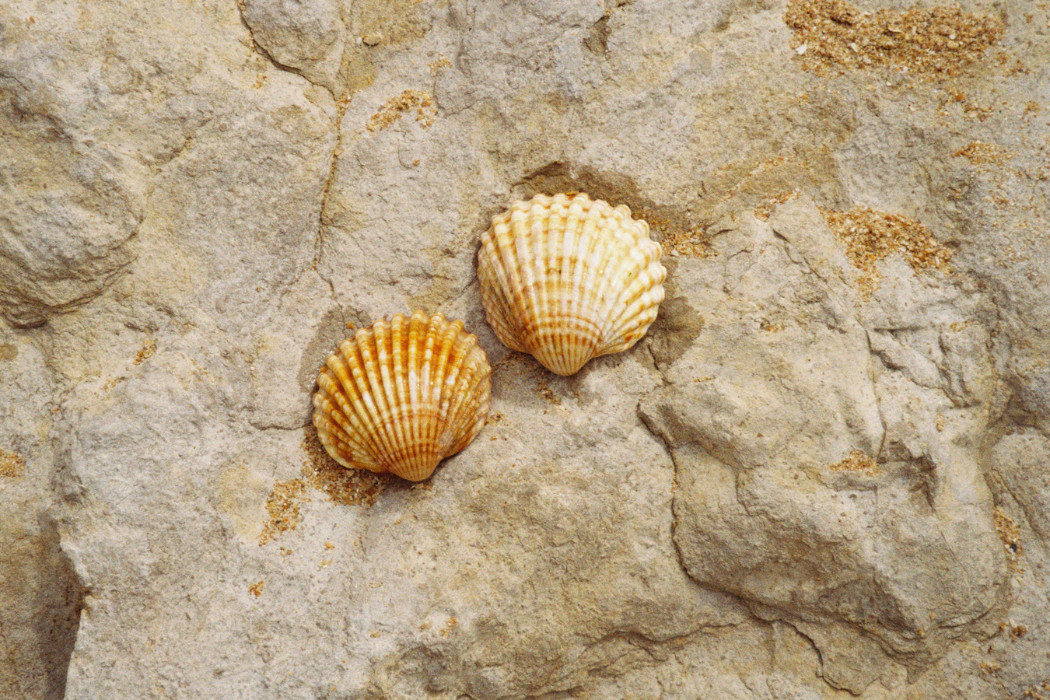


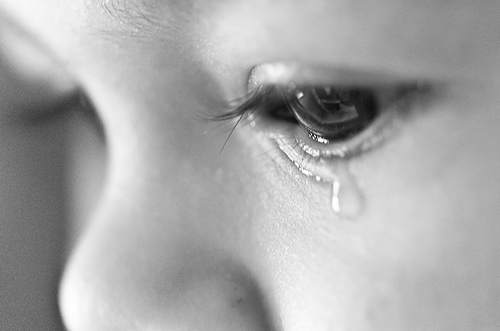

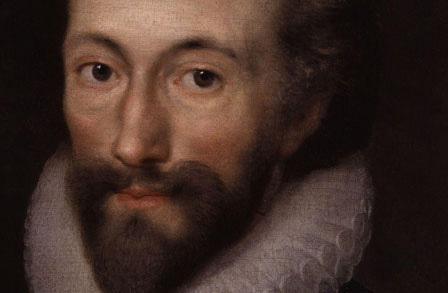
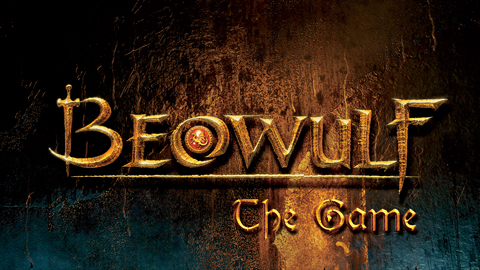

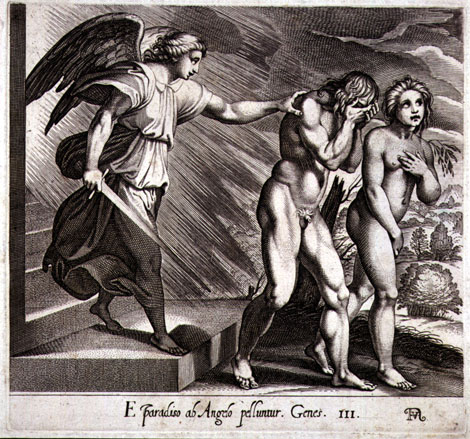





There isn’t a ‘crow’ in the poem, it is the sound the cock makes: ‘cock does crow’.